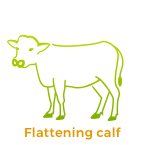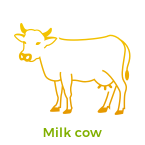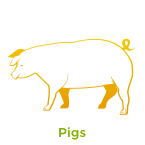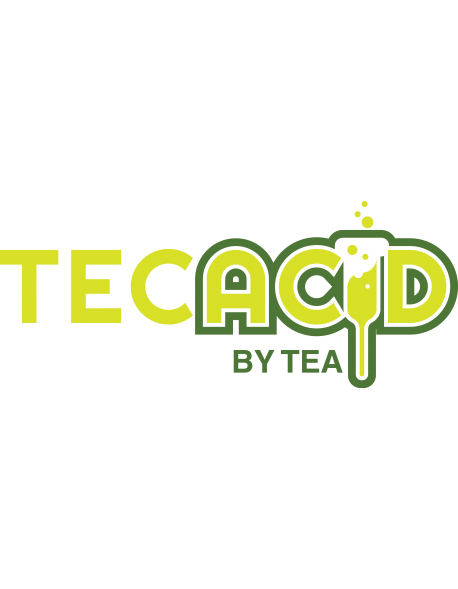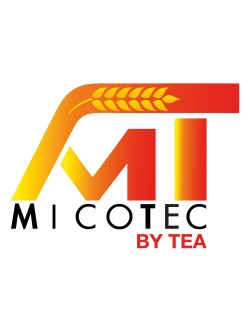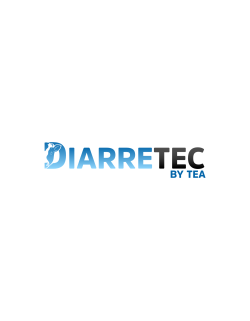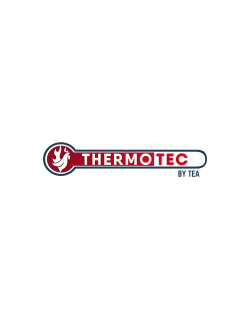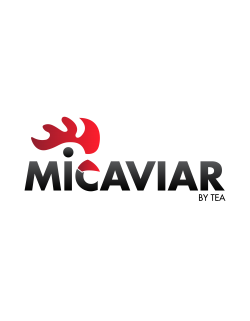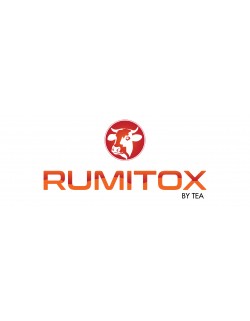Tecacid
In young animals, the production of hydrochloric acid by the stomach is insufficient and the enzymatic system of digestion is still poorly developed, so that the gastric pH of 2.5 to 3.5 necessary for optimum digestion is not reached, especially in protein digestion.








BENEFITS
- Improves palatability and digestibility of finished food
- Acts as a preservative
- Improvement in zootechnical indexes by reducing digestive problems
- Sanitary improvement of the livestock
MECHANISM OF ACTION
- The combination of organic and inorganic acids act synergistically acidifying the digestive tract, improving the metabolism of nutrients.
- Promoter effect on the intestinal flora. This flora needs an acidic medium to carry out its work correctly.
- Control of enterobacteria. Due to the effect of the combination of acids.
Why CHOOSE TECACID?
- Due to its ability to acidify the feed.
- Tecacid and its combination of inorganic (phosphoric acid) with organic acids (citric, fumaric and lactic acid) act in a synergist manner achieving a correct acidification of the gastric pH and the digestive tract.
- For its promoter action of the lactic flora.
- Tecacid contains the lactic acid that acts as a promoter of the saprophytic flora.
- For its antimicrobial action.
- Tecacid contains formic and citric acids that act strongly against Enterobacteriaceae.
| Target species | All species |
| Presentation | Powder and liquid |
| Properties | Nutrient availability improver |
21 products in category:



